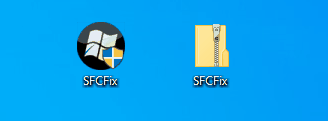SimplyUnknown1
Member
- Nov 5, 2023
- 11
I stepped away from my computer and came back to find it updating itself without my permission. When it finished, I selected the option to run in Windows 10 because I don't currently want to run in Windows 11. I've been having high defragmentation issues recently so I went to check and see if the update would require me to defrag it, but I got a message saying that this app can't run on my computer. I checked online for some possible fixes, which lead me to DISM and scannow, but neither of them worked. I got error message 87 with DISM and scannow said it couldn't start the repair service. I also noticed that I'm getting a script error with a library not existing.
Also attaching the CBS and the components scanner results for more help.
Also attaching the CBS and the components scanner results for more help.


